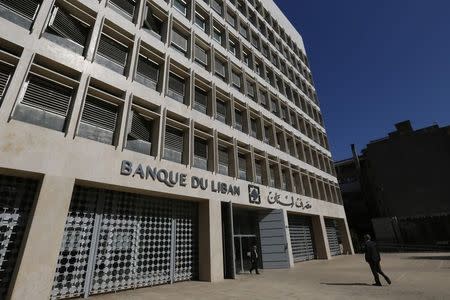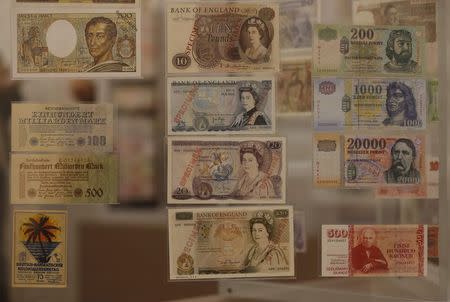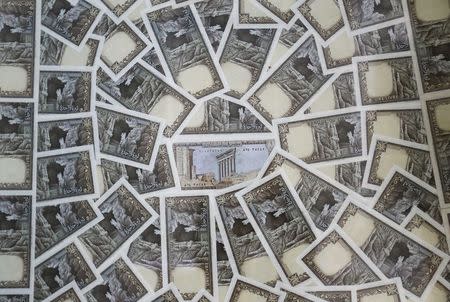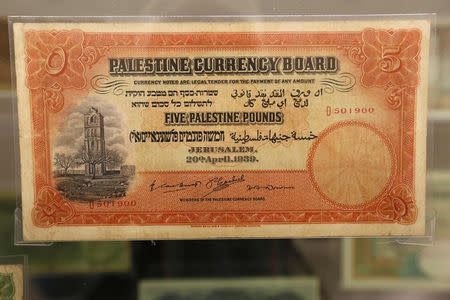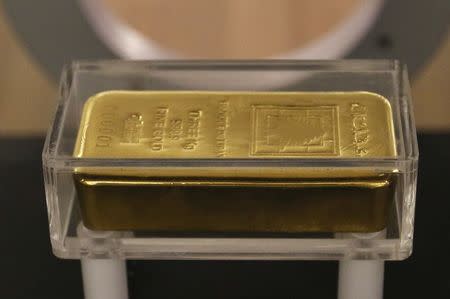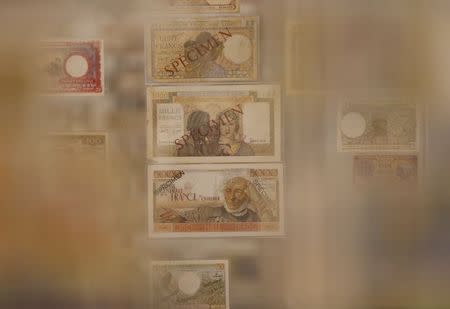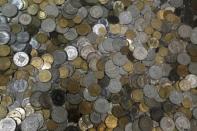With museum, Lebanon's central bank flags enduring stability
By Alexander Dziadosz BEIRUT (Reuters) - Lebanon's central bank prides itself on being one of the few institutions to survive the country's 15-year civil war intact. Nearly quarter of a century later, it hopes its reputation will help it weather a conflict in neighbouring Syria which is disrupting the Mediterranean nation's politics and its economy. To underline its legacy, the bank has opened a museum in central Beirut. The idea, officials say, is to bolster a factor integral to any monetary system's stability: public trust. "In people's heads, the central bank is a black box," said Mazen Hamdan, executive director of the bank's cash operations department, noting that many people believe the bank does a good job but do not know exactly how it works. "Our first role is to say what we do," Hamdan said. Second is to instil the message that "they are doing a good job, they know what they are doing, and I trust the (Lebanese) pound". The museum has had more than 2,000 visitors since it opened nearly a year ago. Before war broke out in 1975, Lebanon was known as the "Switzerland of the Middle East", thanks in part to banking secrecy laws that made it an attractive refuge for capital. Following the conflict, the country has sought to revive its role as a banking hub, although the rise of regional competitors and periodic bouts of violence have made that harder. The museum's extensive collection of banknotes, stretching back decades, offers plenty of reminders of the Middle East's political vagaries. Many feature the smiling or stern faces of monarchs and strongmen who were toppled, like Egypt's King Farouk and Iraq's Saddam Hussein, or killed like Libya's Muammar Gaddafi. Iranian rials switch from images of Shah Mohammed Reza Pahlavi, who fled during the 1979 revolution, to Ayatollah Ruhollah Khomeini. Some recall bygone political entities, such as a one pound note issued by the "Bank of Biafra", a short-lived secessionist state in southeast Nigeria. A 1929 note issued by the "Palestine currency board" features writing in Arabic, Hebrew and English. More recent notes remind us of how intertwined Lebanon's history is with that of bigger neighbour Syria, where a war now in its fourth year has killed some 200,000 people. Before the central bank opened in 1964, Lebanese pounds were issued by the Bank of Syria and Lebanon. With insurgencies and civil conflicts sweeping the Middle East in the wake of the "Arab Spring", Lebanon somewhat unusually finds itself among the region's more stable nations. Use of the Lebanese pound has actually increased over the last three years, Hamdan said, adding: "We're quite satisfied with where we are." (Editing by Catherine Evans)

 Yahoo News
Yahoo News 